Patagonia is an incredible region to visit for many reasons, not least of which is the vast number of glaciers found within its expansive landscapes. Among the impressive ice fields of Patagonia, you’ll find Glacier Grey, a massive piece of ice located in the Torre del Paine National Park. Although reaching this one of a kind glacier is a challenge, it is considered by many travelers to Patagonia to be a top highlight of their trip to Patagonia. Read on to learn all about the fascinating aspects that make Grey Glacier so unique, as well the best ways to admire this icy giant.
Interesting Facts about Glacier Grey
The Three Lobes
Grey glacier splits up into three different lobes once it reaches Grey Lake. If you decide to take a boat excursion up towards the ice wall, you will be able to spot two of the lobes.
The Nunatak Island is a piece of land that divides the glacier into two. Tourists can arrive on the island by boat and explore the area.
Glacier Grey as seen from above (photo captured by the International Space Station).
Massive Glacier
Glacier Grey measures 28 kilometers in length for a total area of 270+ kilometers squared. It starts on the west side of the Patagonian Andes Mountains and ends at the shores of Grey Lake.
On average it measures 30 meters high and about 6 kilometers across.
It is believed that 18,000 years ago the original glacier covered all of Argentina and the south of Chile.
The two ice fields remaining, the Southern Patagonia and the Northern Patagonia, equal 17,200 kilometers squared of white colonies. White colonies are areas completely covered in ice or glaciers.
Some peaks in these colonies reach more than 300 meters high and most are in Chile.
Although Glacier Grey is one of the smallest individual glaciers in Southern Patagonia, its dazzling color, resembling a precious stone, is easily seen from space.
Its uniqueness is complemented by Lake Grey, 500 meters deep and filled with the glacier itself and the three entry points.
The Temperature
Glacier Grey is a temperate glacier meaning that it is hovering just at the melting point, as opposed to a polar glacier.
Since liquid water is found in the glacier’s ice, small changes in the atmospheric temperature could have a major impact on the overall glacier. In February 2019, two icebergs totaling thousands of square meters broke off from the old glacier. Although some think it could be part of a natural phenomenon, the detachment of ice from Glacier Grey has become more frequent throughout the years. Experts blame it on climate change causing stronger rainfalls, which has led to higher water levels in the lake.
The 279-square-kilometer glacier has lost more than two kilometers of area in the past 30 years.
Striking colors
Why is the ice blue?
The International Space Station has taken many images from space of Grey Glacier throughout the years. The photographs show the glacier’s dramatic blue tones contras with the dark grey shades of the lake (hence the name).
Ice appears blue when it is so compressed that bubbles do not disrupt the passage of light. In ice, the absorption of light at the red end of the spectrum is six times greater than at the blue end. Thus the deeper light energy travels, the more photons from the red end of the spectrum are lost along the way. A lack of reflected red wavelengths produces the color blue in the human eye.
The Wildlife
Glacier Grey is the home of a species of insect, previously thought to be instinct, that lives within the glacier. Its blood does not freeze, letting the organism to live up to 40 meters deep inside the glacier.
Ways to Visit Glacier Grey
There are different ways to get to Southern Patagonia, and ultimately to the magnificent Glacier Grey. If you are traveling to Chile from abroad, you’ll likely fly to Santiago first and from there catch a flight to Puerto Natales or Punta Arenas. From Punta de Arenas you’ll want to take a bus to Puerto Natales, and from Puerto Natales you can get to Torres Del Paine National Park via bus or private transfer. Once you reach the national park, you will be able to trek, kayak or take a boat to Glacier Grey.
Trekking:
In the National Park there are two classic routes, the Full Circuit and the W Trek, which have access to the glacier and the lake. If you enjoy challenging hikes, either option is an amazing experience that will have rewards on every step of the way. Check out our tips for hiking in the region here!
View of Lago Grey from W Trek
Coming up to Glacier Grey from the W Trek
Boat excursion:
For those who are looking for a less demanding challenge, there is a boat excursion which takes you along the southern shore of Lake Grey until you reach the glacier. This option is the easiest way to view the glacier up close and can be done before or after the trekking excursion. A boat excursion can be done in different ways:
Heading up to Glacier Grey aboard the Grey III cruise
If you like challenges, trek to Refugio & Camping Grey, where you can get a slight glimpse of the glacier -- then embark on the Grey III cruise, which will bring you to close to Grey Glacier and finishes by taking you to the other side of the lake, from where you can head to Puerto Natales.
For those interested in the experience without the demanding hike, you would board the cruise on one side of the lake, get up close to admire the glacier and then finish on the other side of the lake. Transport to/from the boat embarkation and drop-off points can be arranged from Puerto Natales.
Kayaking:
If you are into adventures and great stories to archive, you could paddle up close enough to touch the floating icebergs and Grey Glacier itself! The expedition is over two hours long, has three different departure time slots, and is done in groups of 14 people maximum. The base camp offers all the equipment needed and will guide you along the way. This option is only available from October to April, but it is a great way to get very close to the massive ice walls and enjoy some of the best views.
Ice Hiking:
This option is the most challenging way to see the glacier. It will take 5 hours to complete, and is recommended only for people who are in very good shape. You will be provided with an ice axe, harness, crampons, and a helmet to complete this unique adventure.
Being able to admire, explore and discover the one-of-a-kind Glacier Grey at the remote ends of the earth might seem like a challenge, however it is definitely worth it! Seeing the scale and might of such an ice monster is an unforgettable adventure.
When exploring fragile landscapes like this, be sure to look for local and sustainable operators. Due to all the changes in temperature, increases in pollution, and the mistreatment of such natural landscapes, you’ll want to ensure you’re exploring in the least invasive manner. We are proud to offer a trip with a complete Chile itinerary that prioritizes the most sustainable and culturally immersive experiences available, and supports the inspiring work of the Torres del Paine Legacy Fund.


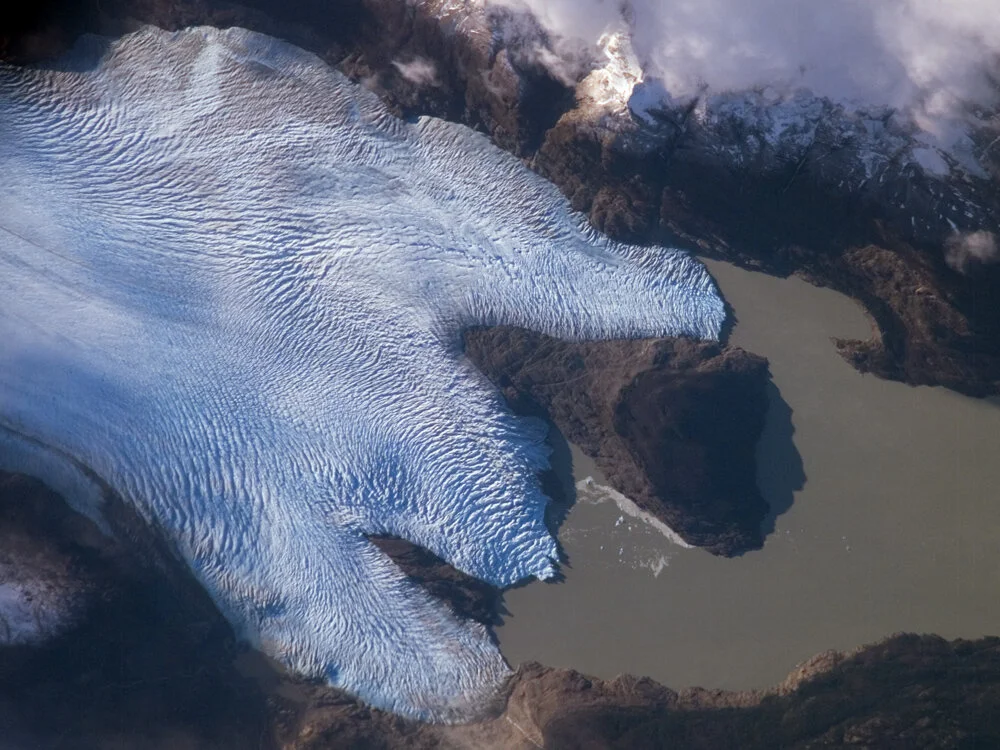



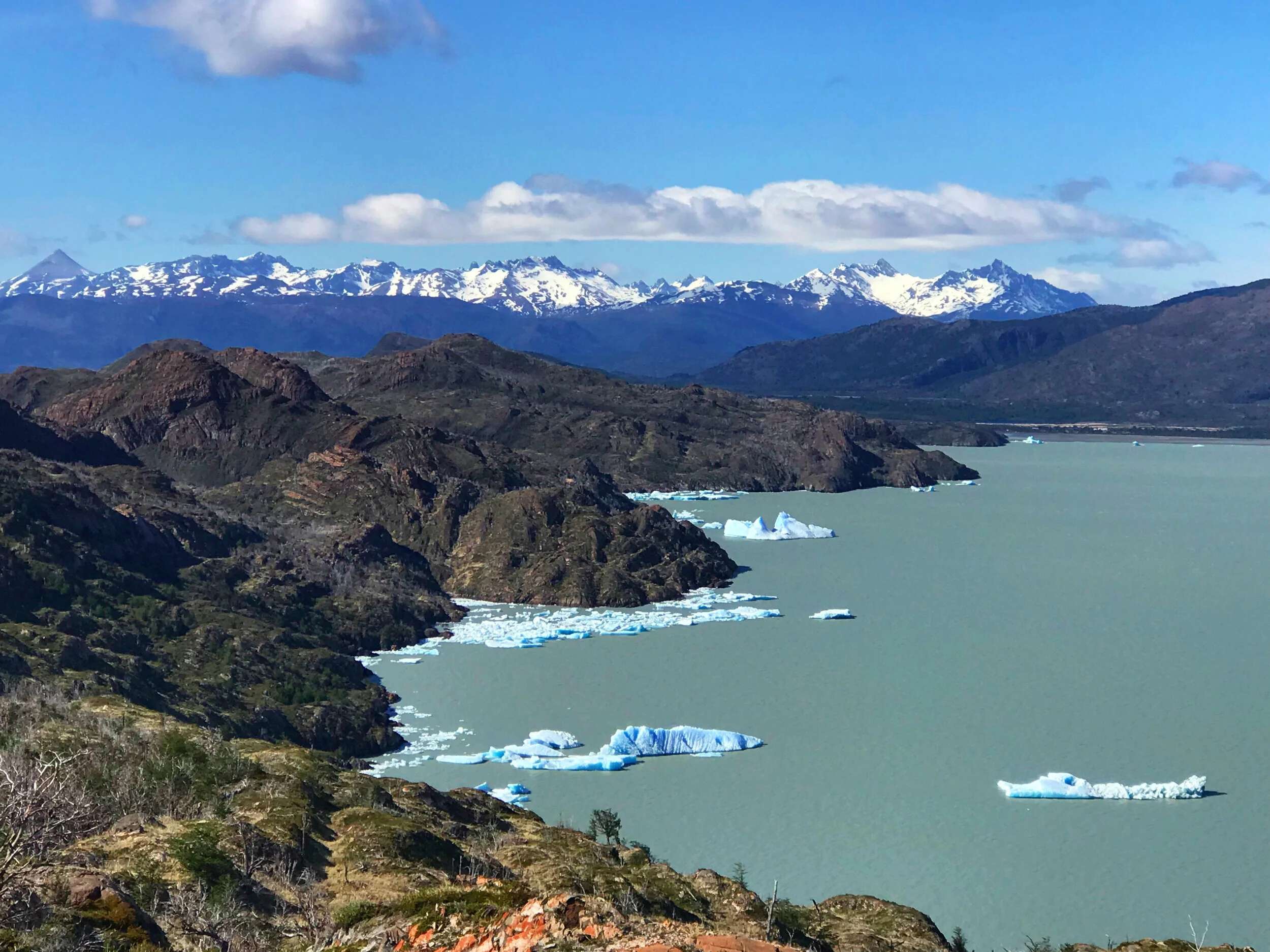
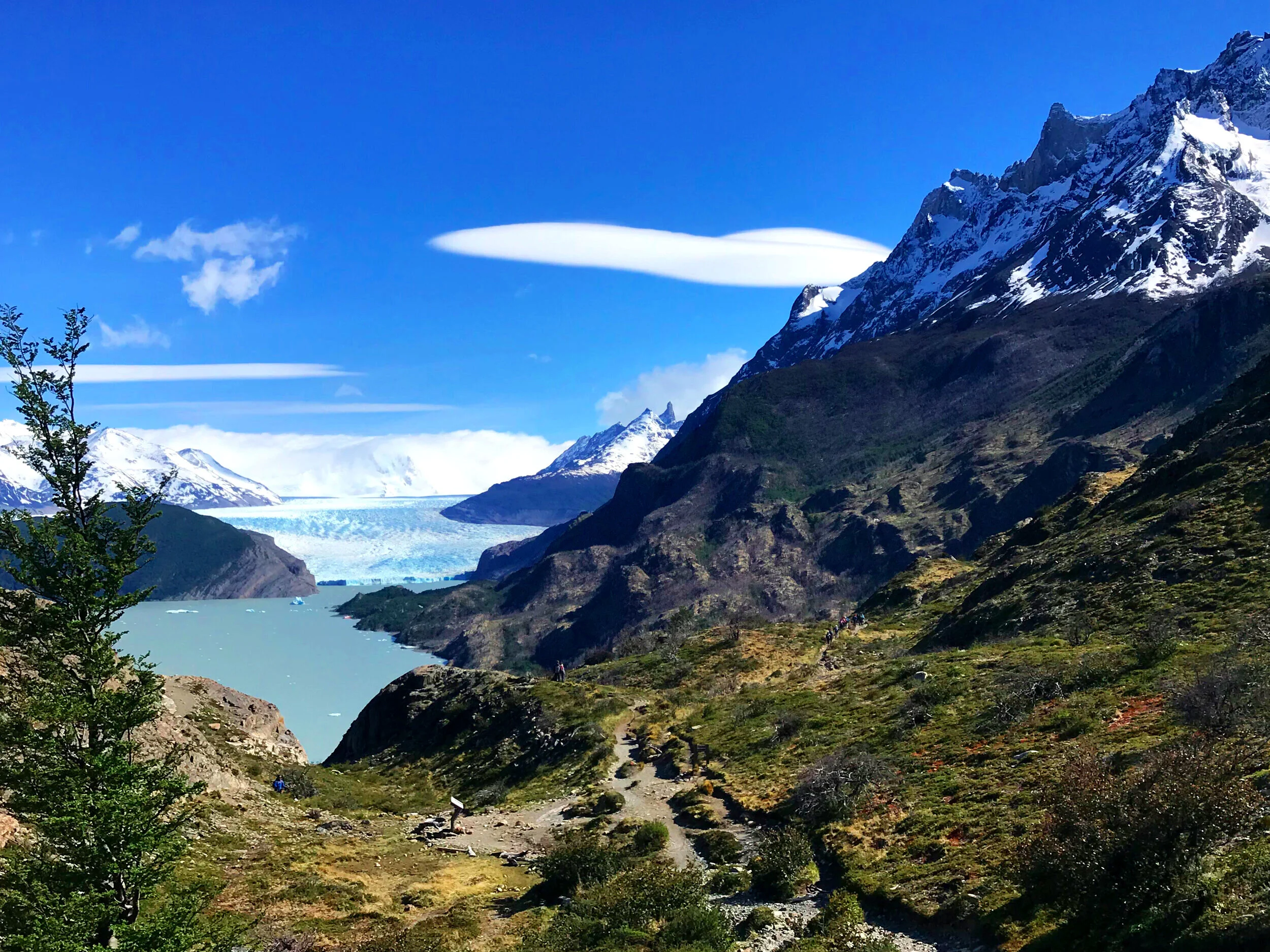
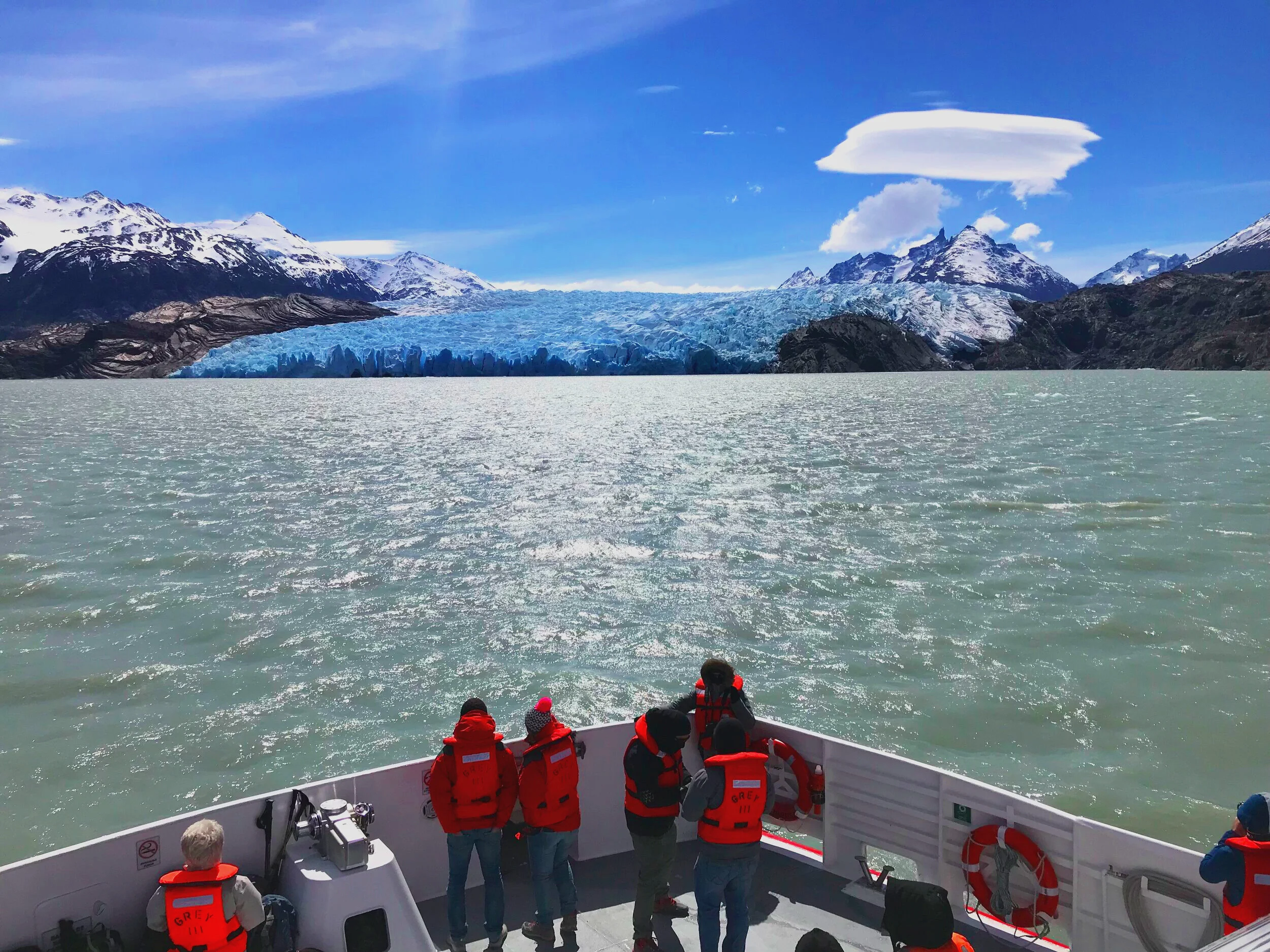





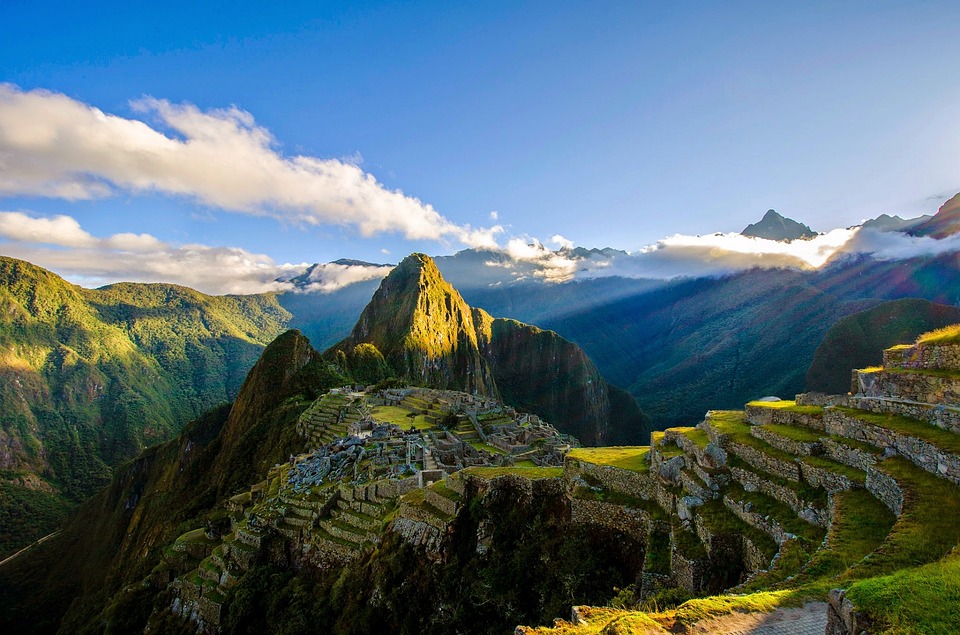


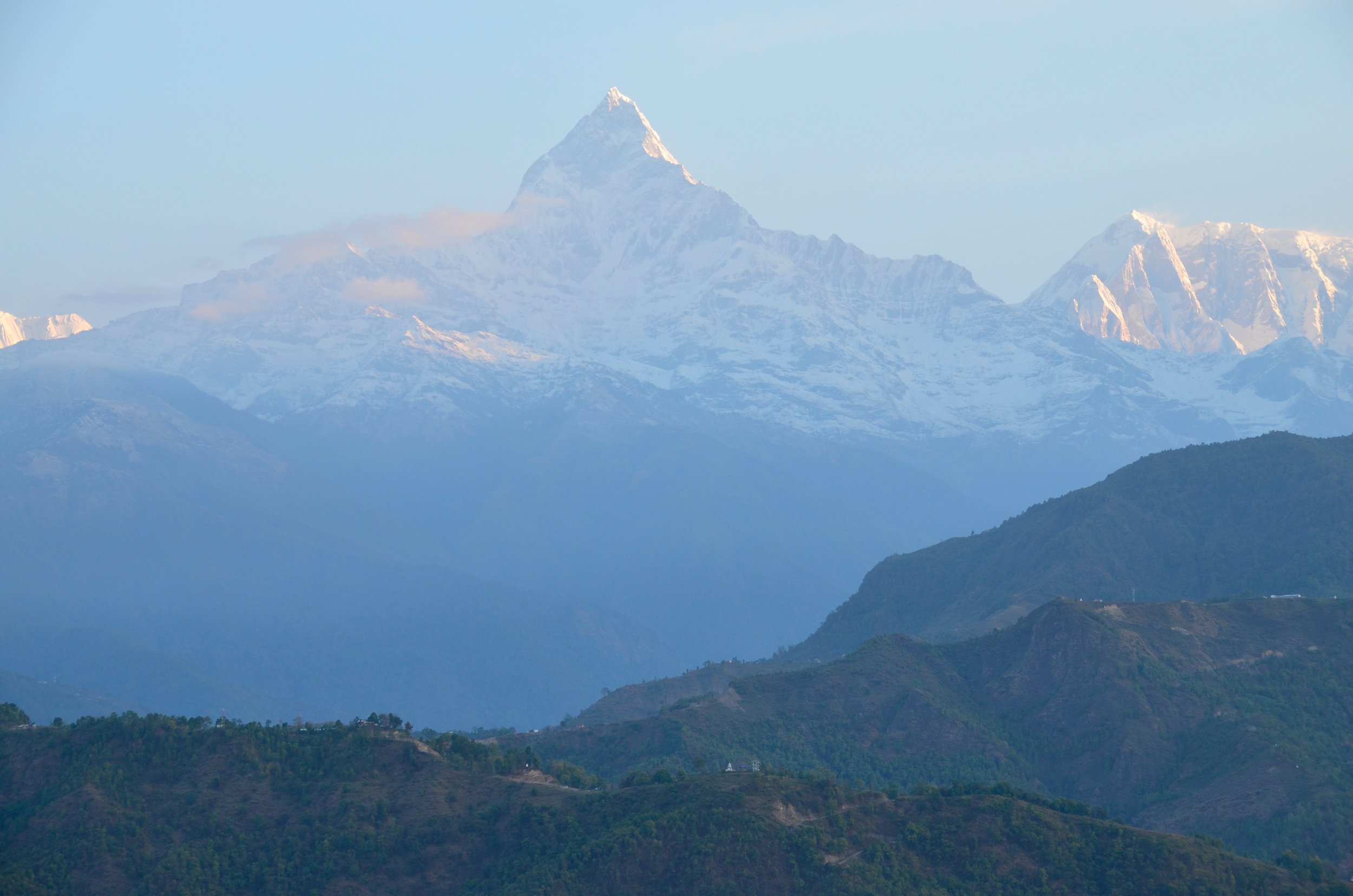



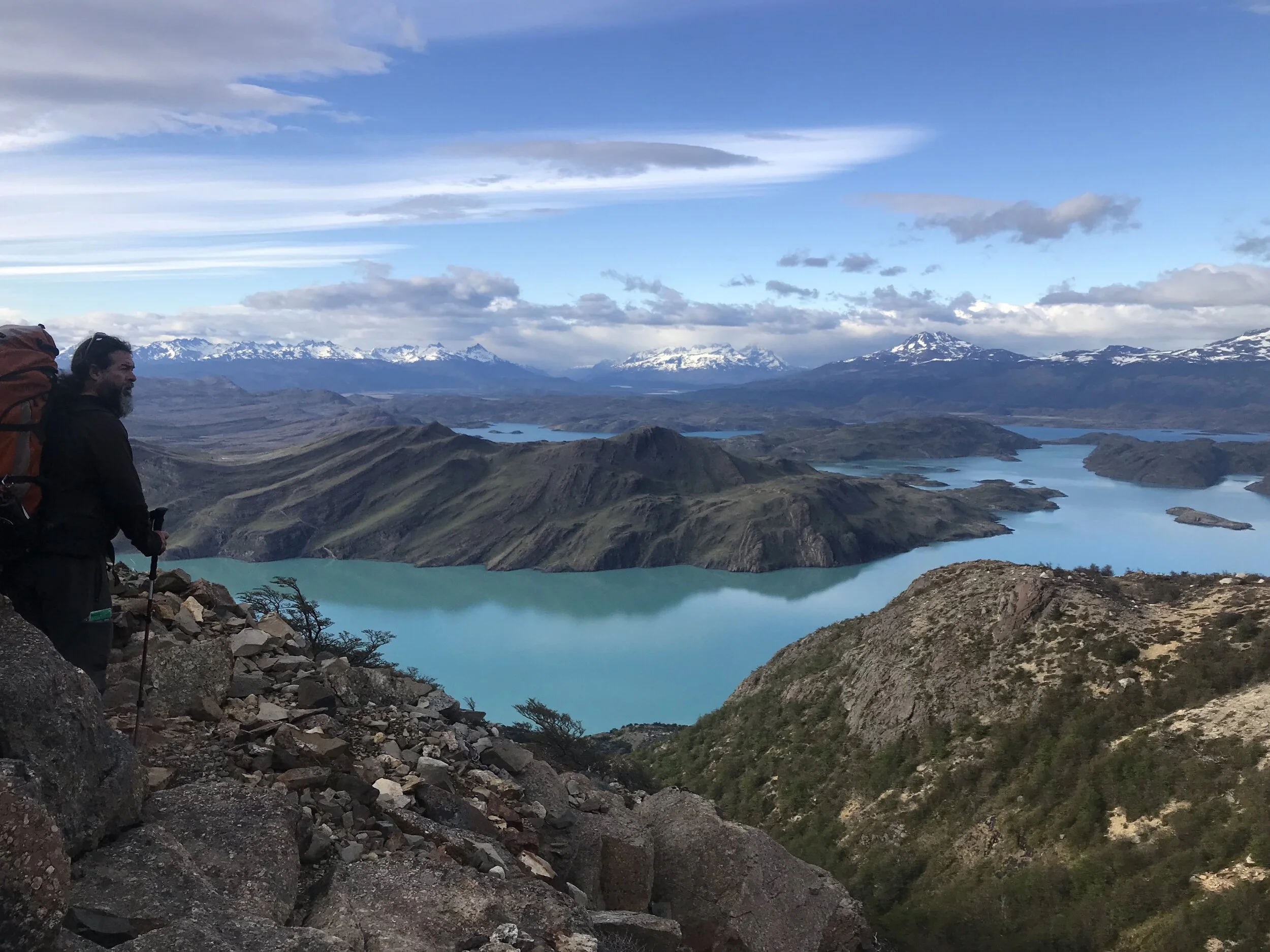





One of the best ways to prepare for a trip to Chile is to read books about the area. Whether you’re looking for a novel to capture your attention or memoir to soak in history, finding a way to immerse yourself in the cultural landscape will help create a sense of respect and authenticity before stepping foot in Chile. If you’re traveling to Chile in the near future or simply curious about Chilean culture, here is a list of books about Chile to check out.